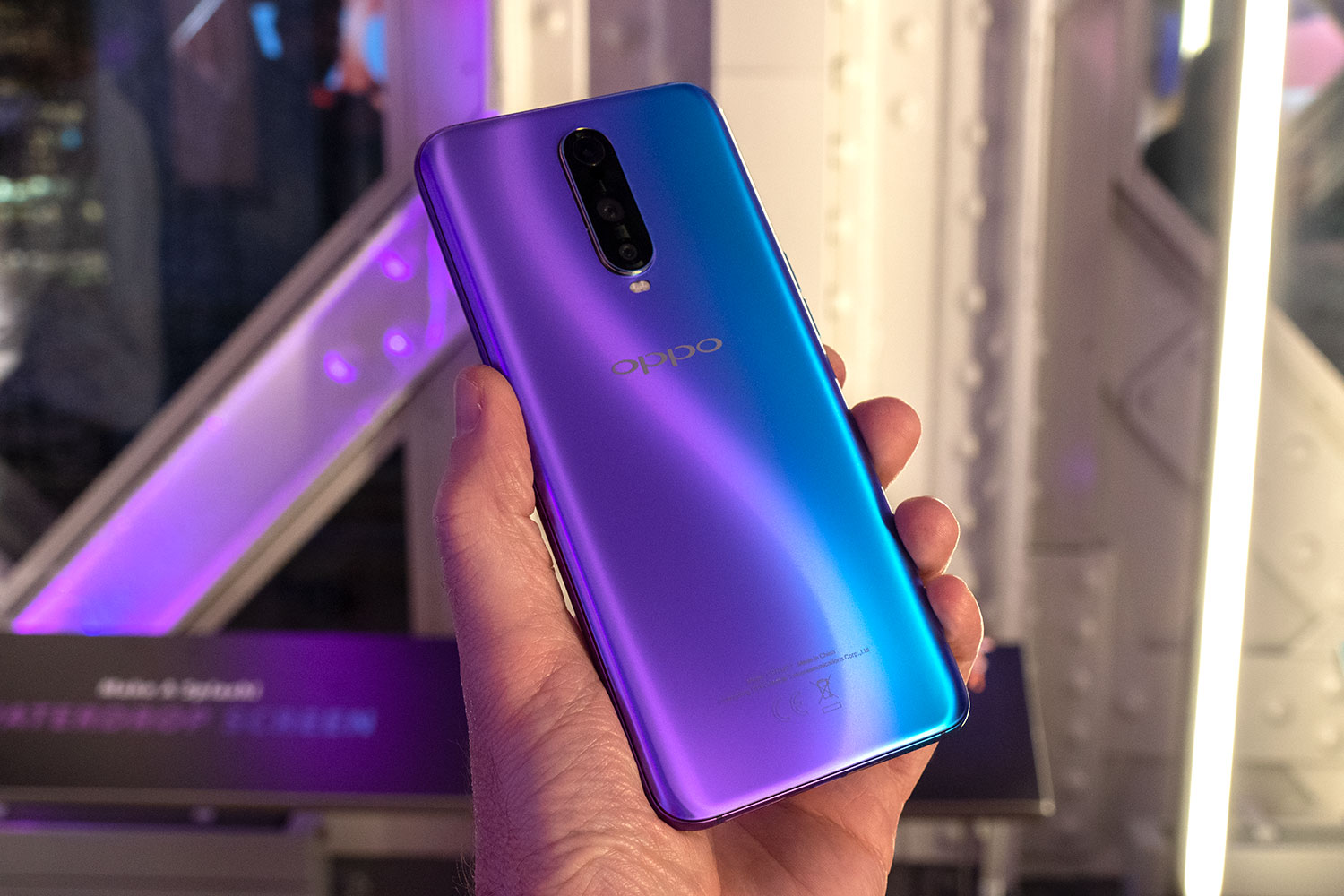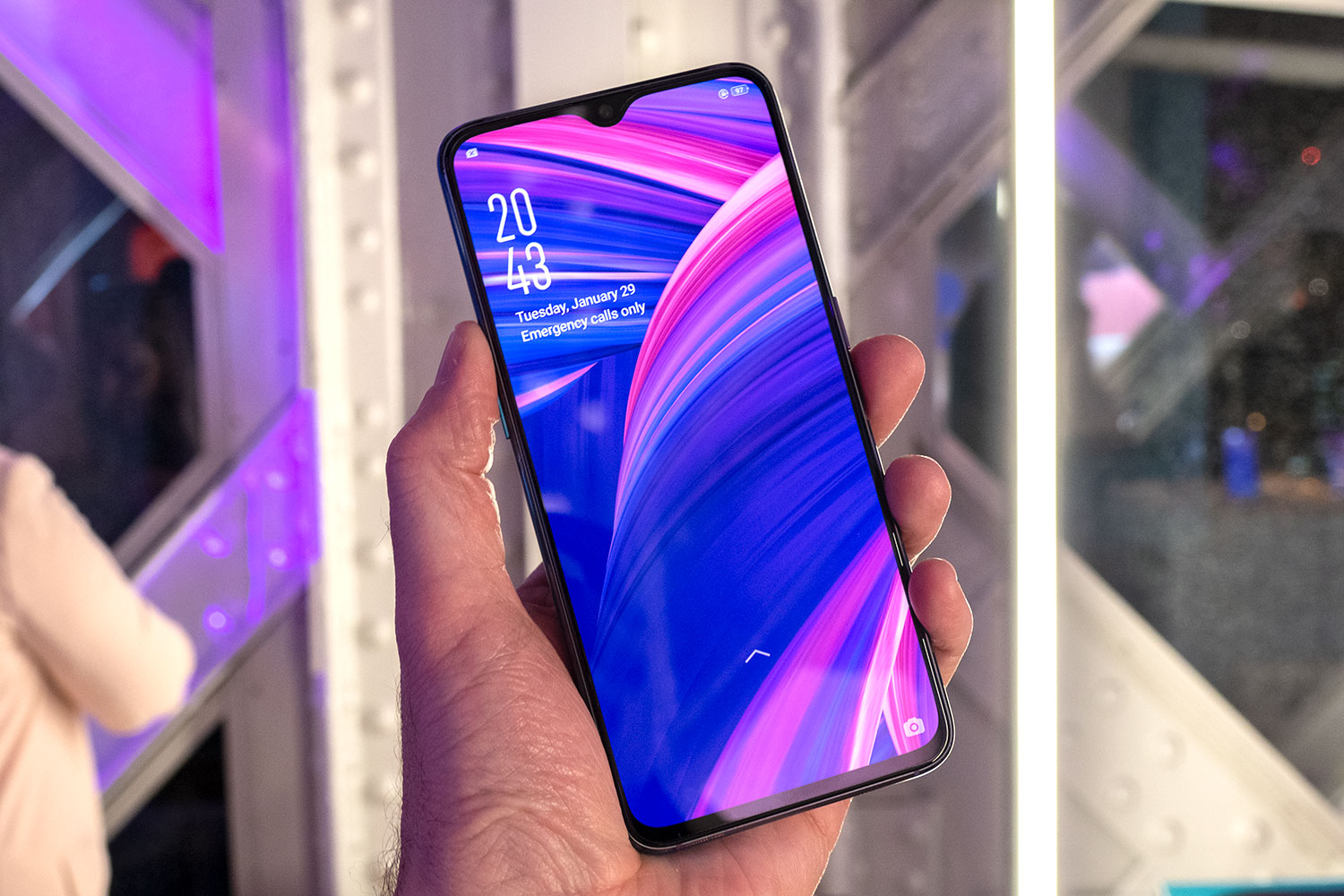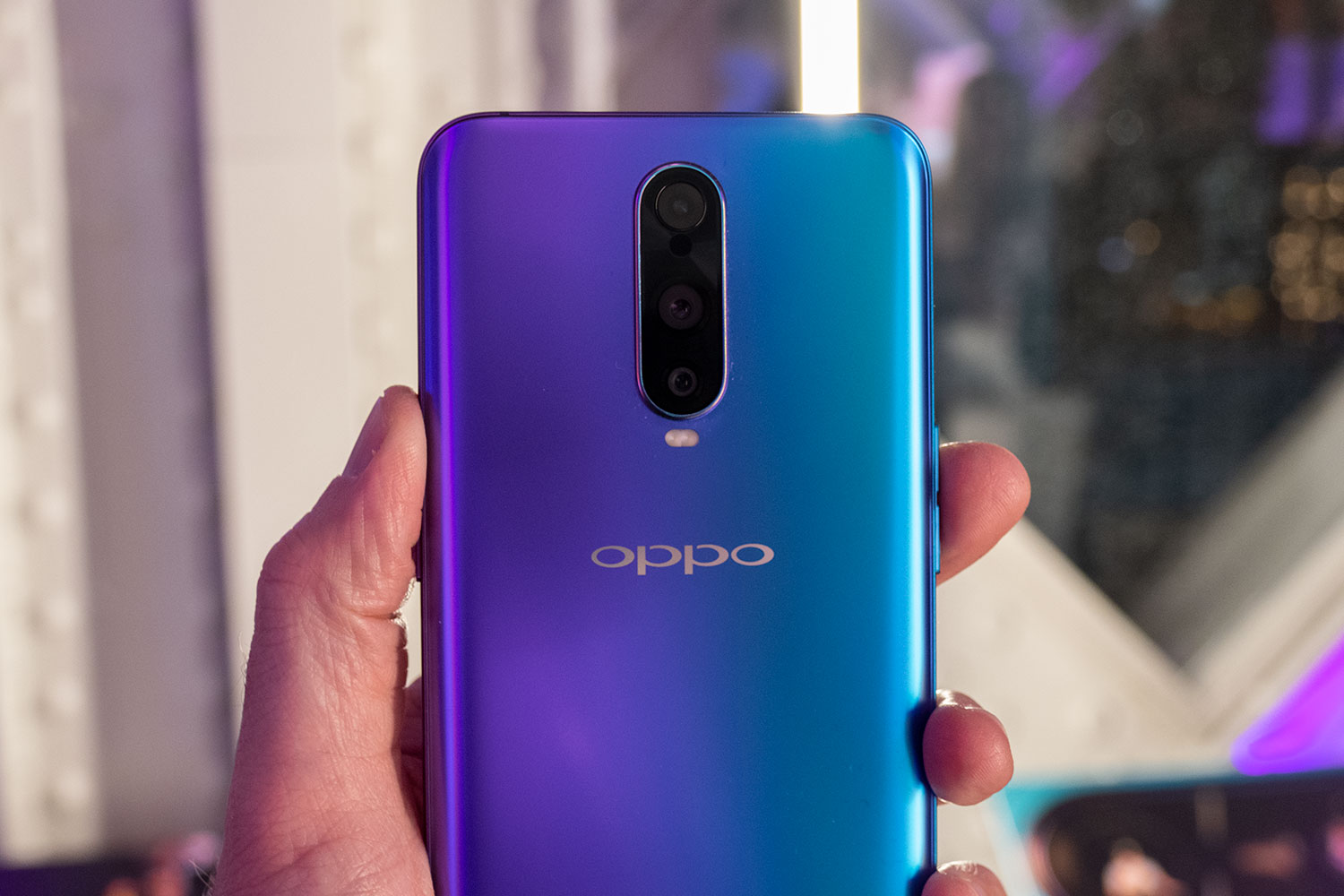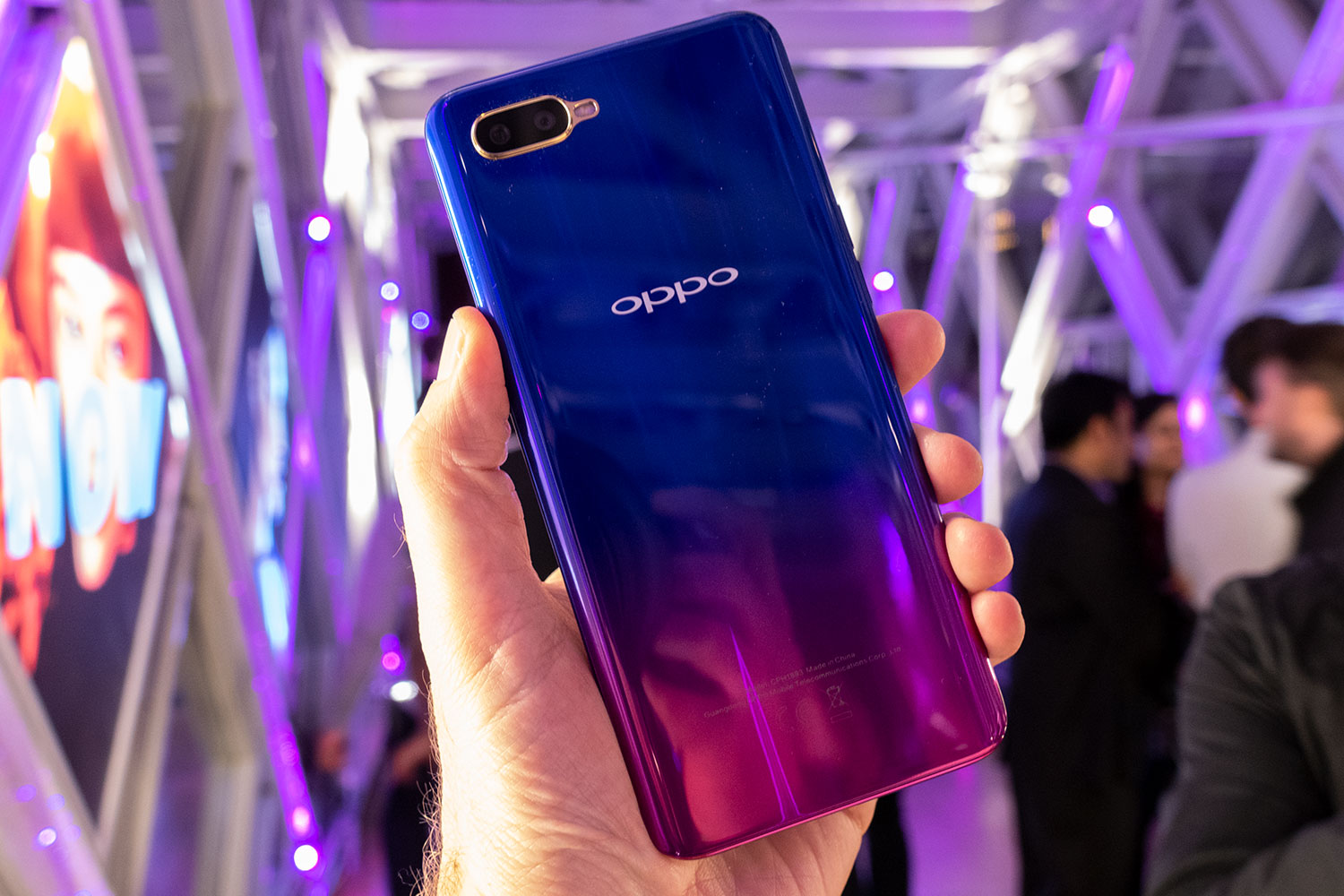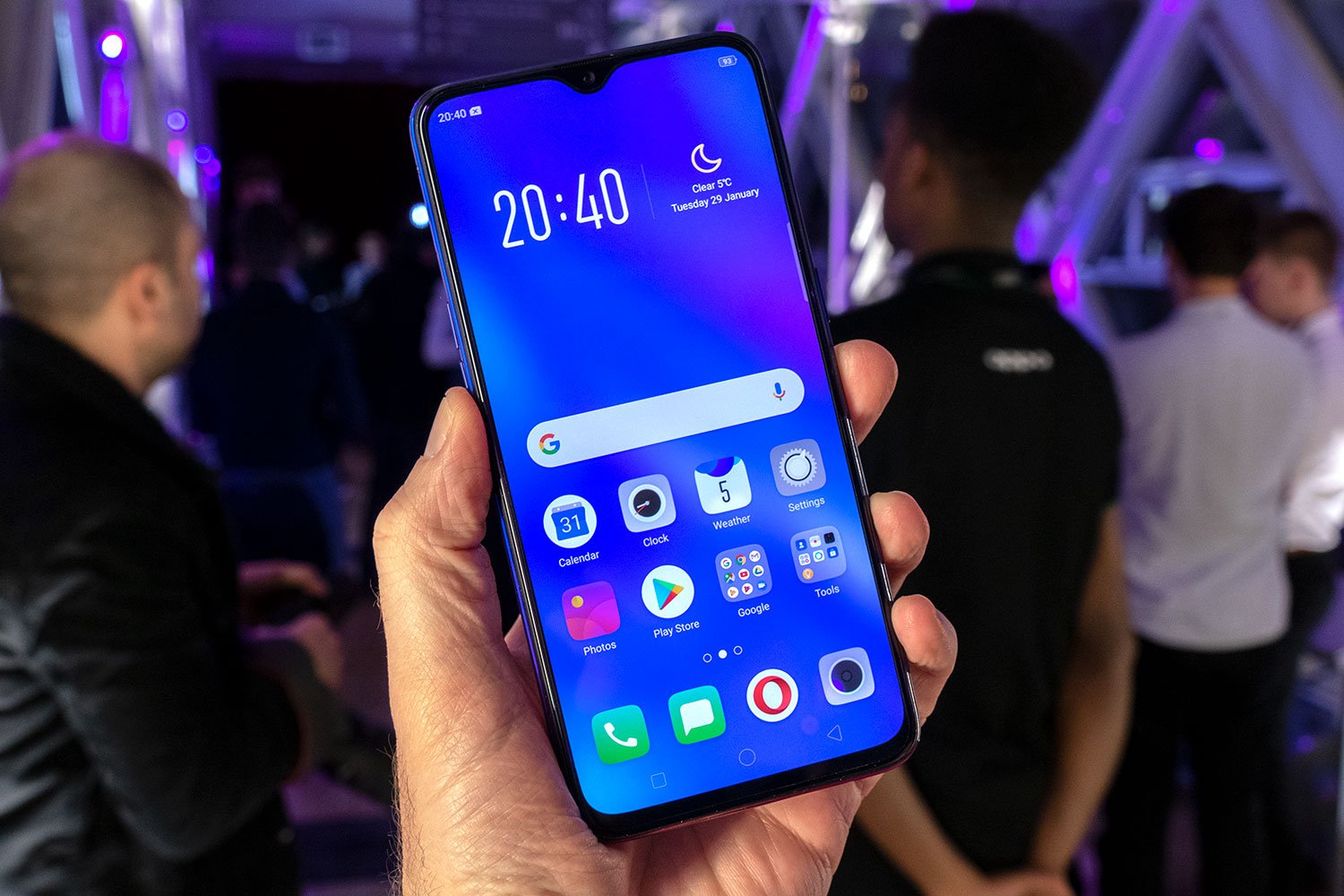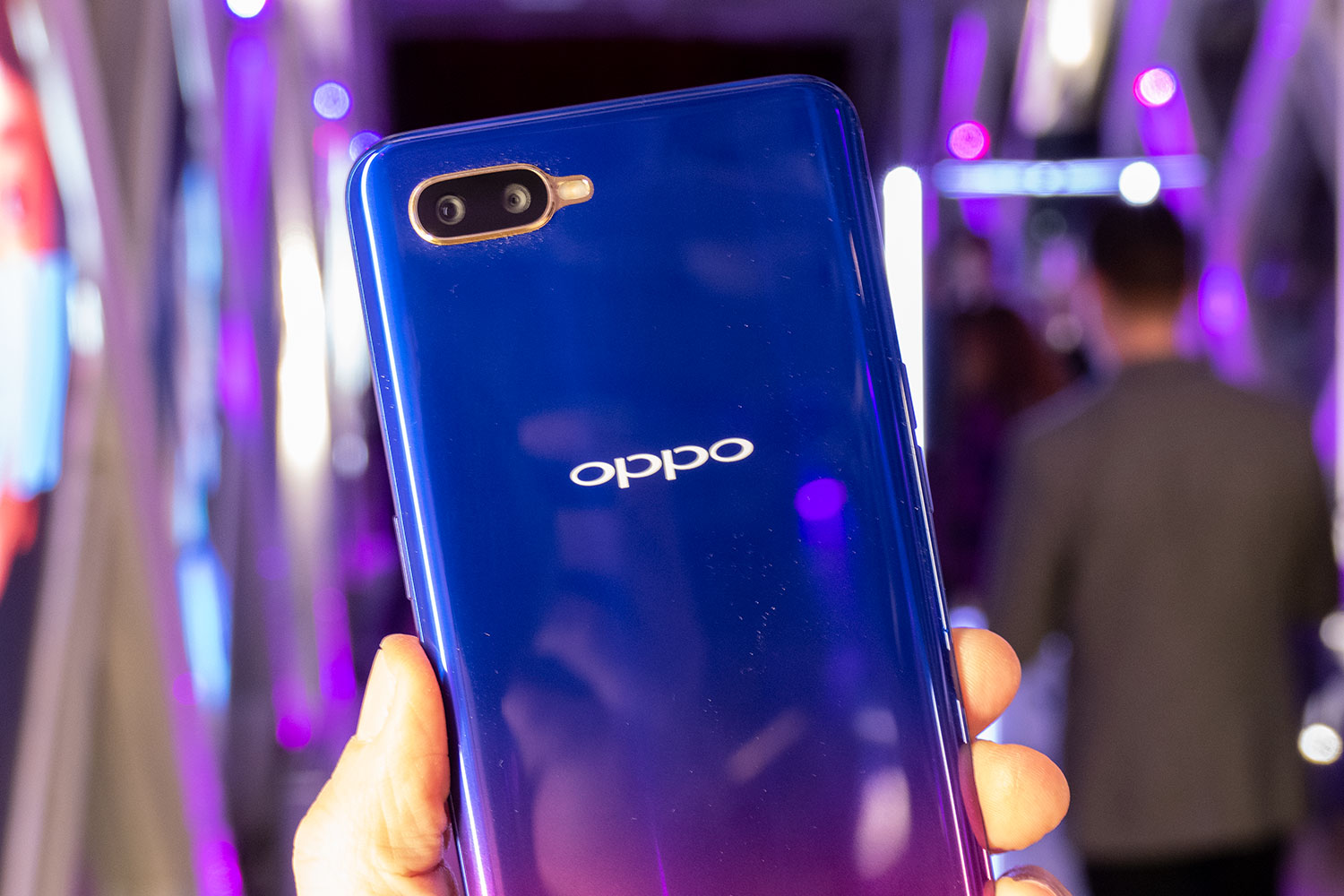
Oppo has become the latest Chinese smartphone brand to launch in the U.K., following in the footsteps of Xiaomi last year, and the continued local success of OnePlus, Huawei, and Honor. Oppo brings with it three smartphones — the Oppo Find X, the Oppo R17 Pro, and the Oppo R17 Neo, and the good news for buyers is, they’re available through retailer Carphone Warehouse. This gives the brand considerable exposure, and avoids the extra effort needed for promotion when devices are sold only online.
Let’s take a look at the devices going on sale.
Oppo RX17 Pro
The RX17 Pro was announced for Europe in November 2018, and will come to the U.K. in a new color called radiant mist, which due to a “fogged glass” finish has a surprisingly soft and warm glass body. The Super AMOLED screen measures 6.4-inches and has a 1,080 x 2,340 pixel resolution, plus a small water droplet-style notch at the top. A Qualcomm Snapdragon 710 processor powers it, with 8GB of RAM and 128GB of storage space.
A standout feature is Oppo’s Super VOOC charging, which will take the 3,700mAh battery from zero to 100 percent in 40 minutes, making it one of the fastest charging phones available. We have tried it out on the Find X Lamborghini Edition, and it lives up to all expectations.
On the back is a dual-lens camera with a variable aperture 12-megapixel sensor (much like the Samsung Galaxy S9 Plus), a 20-megapixel sensor, and a time-of-flight 3D sensor. The front camera has 25 megapixels, and the device has an in-display fingerprint sensor. In the U.K. it costs 550 British pounds, is available for pre-order now, and will be released on February 13.
Oppo RX17 Neo
Like the RX17 Pro, the RX17 Neo also has an in-display fingerprint sensor, which is unusual at this price — the phone costs 320 British pounds. Sacrifices have been made for this, however, with a MicroUSB charging port, no Super VOOC charging, and a few other alterations. A Qualcomm Snapdragon 660 is inside, along with 4GB of RAM.
There’s still a dual-lens camera, but it’s made up of a 16-megapixel main lens and a second 2-megapixel sensor for depth data. The screen is the same 6.4-inch Super AMOLED seen on the Pro model, and has a water-droplet notch. We liked the RX17 Neo’s colors, with the attractive red model seen in our pictures really catching our eye.
It will be available through Carphone Warehouse on the same dates as the RX17 Pro.
Oppo Find X

We’re already familiar with the Oppo Find X, and most will know it due to the cool stealth camera that rises from the body when it’s needed, then disappears when it’s not. The phone is a beauty, with a 93.8-percent screen-to-body ratio from the 6.4-inch AMOLED screen and almost bezel-less glass body.

Despite its space-age looks, the Find X has been around since July 2018, and therefore has a Snapdragon 845 inside with 8GB of RAM, rather than a newer Snapdragon 855. It uses a structured-light face-scanning system to unlock the phone, facilitated by the disappearing front camera. The dual-lens rear camera has 16 megapixels and 20 megapixels.
The Oppo Find X costs 800 British pounds and will be available on February 13, although pre-orders are open now through Carphone Warehouse. We have already reviewed the phone, and have also taken a close look at the Lamborghini Edition, too.
Oppo’s U.K. plans
Oppo is one of the top five phone manufacturers in the world, with 250 million customers in 35 markets, and sells devices through 400,000 global stores. Already popular in China, India, and other regions, the U.K. launch follows other European debuts in Italy, France, Spain, and the Netherlands. There are more locations to come over the next few months.
“The U.K. is one of the most exciting markets to operate in. Consumers here are demanding, but we love it,” said Terrance Tan, executive director of sales at Oppo, during the London launch event on January 29.
Oppo will also open a design center in London, where it will work with students from the Royal College of Art, and others, to help shape the future of Oppo hardware and software. The projects are already beginning now, and the center itself will be completed by the end of the first half of 2019.
This is interesting, as Oppo’s own user interface, ColorOS, has often been its weak point. Tailoring software for different regions, where tastes and preferences differ, is a serious challenge. Taking advice so directly from potential buyers could make future versions of ColorOS much better. The team was quick to point out the London design center will also work on hardware, and not just smartphones.
Oppo promises more new products will arrive in 2019, and it will also have plenty to show at Mobile World Congress at the end of February, potentially including a folding smartphone.
